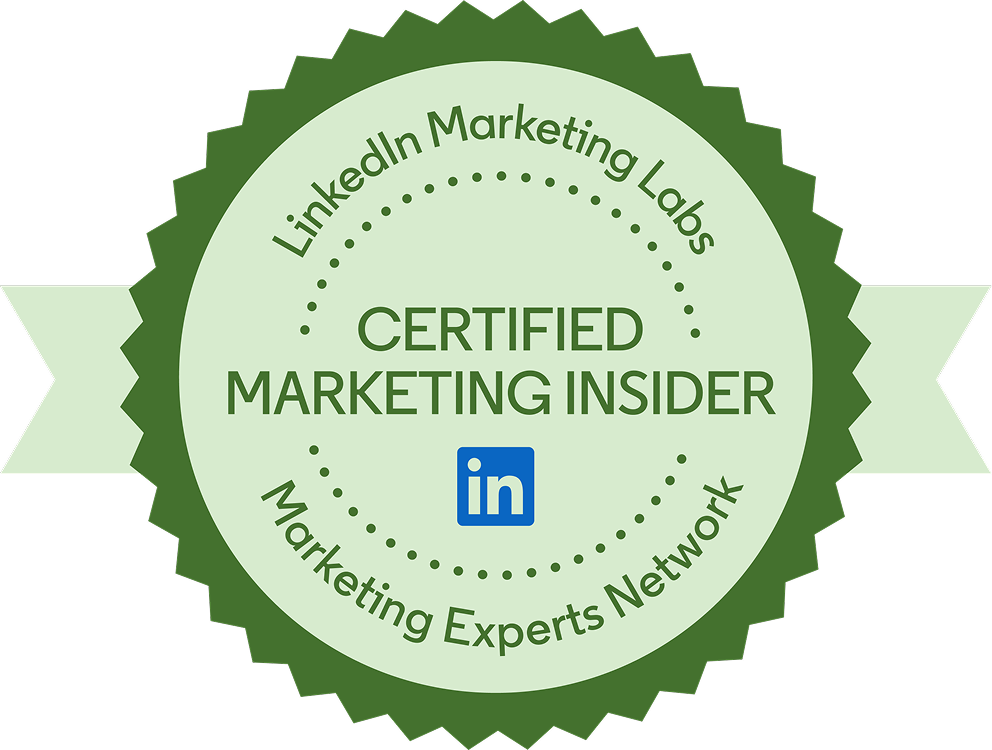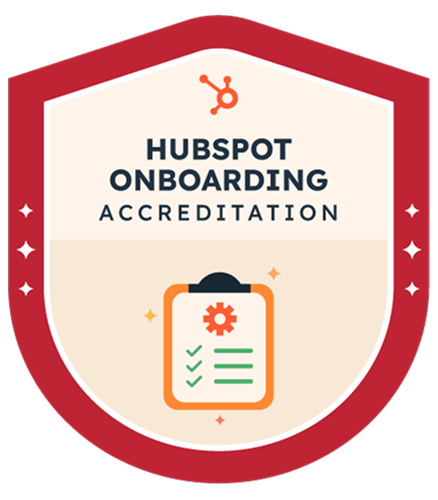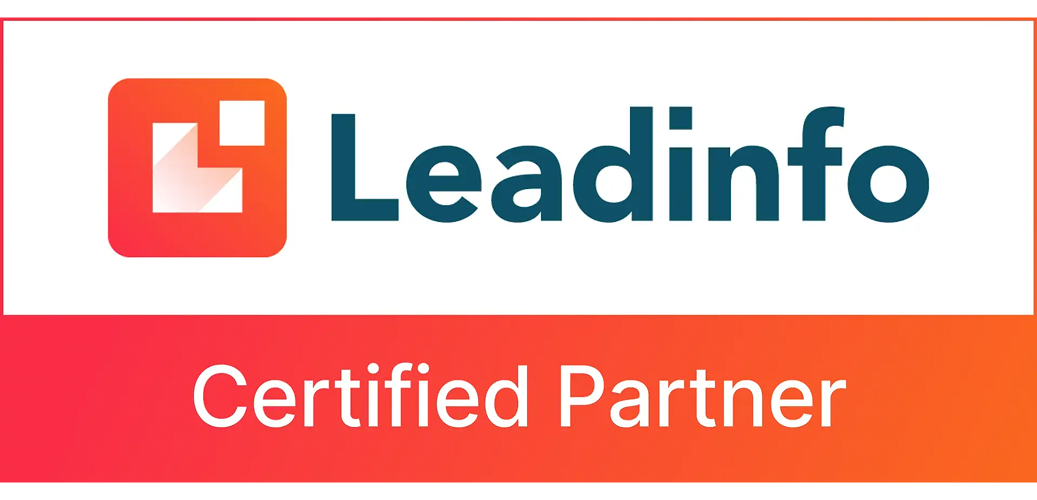Imagine this: You’re searching for a new project management tool for your company. Before making a decision, you’re likely researching options, comparing features, and reading buyer guides. In the process, you visit several websites and maybe download a whitepaper from a software company that seems to have the right solution for your team.
Over the next few weeks, you receive tailored emails and perhaps even see ads targeting you, encouraging you to explore the tool further. One company sends you three emails in one week, each urging you to sign up or request a demo. You quickly get frustrated with the flood of messages and unsubscribe from their list. Another company sends you a thank-you email for downloading their guide - but after that, you don’t hear from them again. Weeks go by, and although the project management tool is still on your to-do list, you’ve been too busy to act on it.
Finally, you remember that it’s something your team still needs. You can’t delay the decision any longer - you check your inbox and notice an email from the company you had almost forgotten about. They’re offering a limited-time 30% discount for new clients. Since their initial guide resonated with you, you reach out to their sales team to discuss how their solution can meet your company’s needs.
What is the difference between the two companies? And why did you, in this fictional scenario, decide to buy from one and not the other?
The answer is closely tied to behavioral psychology - and in marketing, it’s known as lead nurturing.
The science behind lead nurturing
Lead nurturing refers to the process of building and maintaining relationships with your prospects at every step of the buyer’s journey. What makes lead nurturing different from hard selling is a trust-based approach: rather than pushing your leads into anything, you are cultivating your mutual relationship. By providing timely, relevant, and personalized content, you’re keeping your leads engaged until they’re ready to convert.
The outcome? When they decide to buy, your service or product will be on top of their minds.
Imagine buying something from a company you’ve never heard about. Now, imagine making the same commitment to a company you know well and that regularly sends you personalized emails. Feels different, right? According to the familiarity principle, people are much more inclined to develop a preference for things they are repeatedly exposed to.
You can use this fact to your advantage. By simply providing regular, personalized content of value, you not only help build brand awareness but also customers’ trust in you. Your prospects won’t feel like you pushed them into a sale - a good lead nurturing approach will allow them to make informed decisions at their own pace.
But when does lead nurturing enter the picture?
Lead nurturing vs. lead scoring
In our latest blog, we explored lead scoring as a tool to effectively manage your marketing and sales pipeline. This methodology helps you filter out leads based on their likelihood to become customers - however, without timely and personalized engagement, even the best lead scoring model will not be enough. If you fail to follow up on your leads, they will easily slip through the cracks, costing your business valuable opportunities.
With lead nurturing, you aren’t looking to generate new leads, but to cultivate those already in your database. We always recommend establishing a good lead generation strategy and a lead scoring model first before delving into lead nurturing. Do you already have both? Then you are ready to begin nurturing your leads.
Lead nurturing is a workflow - that means it can refer to anything automated from email marketing to social media or targeted ads. Where it differs from regular marketing is in that it’s built on past user behavior. For example, a specific action such as a playbook download, website navigation, or search history triggers an automated series of emails sent at certain time intervals.
This ensures your marketing efforts are timely, personalized, and as a result, much more effective. If a lead downloads a whitepaper from your website comparing different task management systems, they are likely interested in content related to effective project management. Therefore, you can follow up with a thank-you email sequence offering similar resources - and stay a step ahead of your competitors.
Lead nurturing is crucial for B2B marketing because it aligns with the longer sales cycles typical for this industry. According to HubSpot, it helps guide the lead through every stage of the funnel - from awareness and interest to decision, which finally leads to action. If you’re still wondering what are the benefits of lead nurturing for your business, the numbers speak for themselves: nurtured leads have been found to make 47% larger purchases than non-nurtured leads.
Impressive, right? So are you ready to start?
How to implement lead nurturing
Setting up a lead nurturing workflow requires an understanding of your leads’ buyer’s journey. It is helpful to look at your ICP and buyer persona - who are they and what are their pain points? How does the process of buying look for them? What is the moment that makes them shift from indecision to action?
To get these insights, interview your past or current customers or sit down with your sales team. It will be worth it - by identifying the key stages in this process, you will be able to craft tailored messages for each one, nudging your prospects towards a conversion.
At SUM Digital, we use the Jobs to Be Done framework to segment the buyer’s journey, which we divide into first thought, passive looking, active looking, deciding and buying - and, ultimately, consuming and satisfaction.

During the early stages (first thought and passive looking), your content should be focused on education and brand awareness. As your lead moves into active looking, you should provide problem-solving content - practical insights that explicitly relate to your customer’s challenges. When your lead moves into the stage when they’re deciding, you should use tactics like exclusive offer, free trial or demo to create a sense of urgency.
While you can use a different framework to segment your buyer’s journey, to maximize its potential, you should always nurture your leads after a specific action. Did they sign up for your webinar or request a quote? These actions signal interest and shouldn’t be overlooked. Set up automated email replies in a CRM system like HubSpot to engage them immediately based on their interactions with your website.
Here’s an example of what a 4-email lead nurturing workflow could look like:
First Thought & Passive Looking
A fully remote company is struggling with onboarding new employees and managing performance reviews. While they are aware of the problem, they are not actively searching for a solution yet. The company’s HR manager visits your website and downloads your playbook on performance management for remote teams.
Email 1: Thanks for downloading!
- Send them a short thank-you email that reinforces the value of the playbook.
- Offer help: “If you have any questions about implementing these strategies, feel free to reply - I’d be happy to help!"
Active Looking
The company’s HR manager isn’t ready to buy yet, but you notice through HubSpot tracking that they have started opening your emails and engaging with content.
Email 2: Share more value
- Send them a blog post, webinar, or guide related to performance management (e.g. “How Remote Companies Improve Employee Retention”).
Deciding
The HR manager has started researching HR software and is comparing solutions. They need help understanding features, pricing, and ROI before making a decision.
Email 3: Help them evaluate options
- Send a comparison guide: “HR Software Comparison: Features, Costs, and Integration Options”
- Or, share a case study: “How [company name] reduced HR admin work by 40% with [your software]”.
- Tip: Use specific results and testimonials to build trust.
Buying
The HR manager is presenting their findings to leadership. They need proof that your solution is worth the investment.
Email 4: Time-sensitive offer
- CTA: Try our software free for 30 days and make onboarding and performance tracking easier than ever!
- Add urgency: Sign up by [date].
Lead nurturing: best practices
Offer value
Your customers will recognize what is purely sales talk. Make sure your lead nurturing workflow offers valuable resources - new or repurposed content - that make your emails worth opening and reading through. Focus on supplying resources that are relevant to your customers and their pain points. If you were in their shoes, what would you need to read most right now? An effective lead nurturing email should strike a balance between educational and sales-driven.
Personalized
Always open the email with the customer’s first name and match the content to their needs at the time - the stage of the buyer journey they’re in. These simple practices will send a message to the customer that you know them, care about their problems, and have a solution. Make sure to send emails from a personalized email address - people are much more likely to trust a real person than a company.
Timely
Using a CRM system such as HubSpot ensures an email sequence is implemented after a specific action like form submission or whitepaper download. Make sure not to overload your prospects with emails, allowing for sufficient time in-between (2-5 days), but don’t wait too long. Remember, the clock is ticking and you don’t want the leads to go to your competitors.
If you're not using any CRM tool yet, read our article on why we choose to use HubSpot - both as our CRM and CMS.
Finally, don’t forget that lead nurturing doesn’t end with implementing an email workflow - an important part of it is testing, tracking, optimizing, and learning in the process. Set clear goals first, such as: “I’d like 60% of my leads to open the thank-you email after they download my whitepaper.” By measuring and improving, you will be able to see what works and what doesn’t.
When correctly implemented, lead nurturing can increase your conversion rates, improve client relationships, and save you time by pursuing leads at the right stage of the buyer’s journey.
Would you like to learn more about how tools like lead nurturing can help you boost your business growth? Schedule a free Discovery Call with our Growth Specialist Arjen Schipper.

The SUM Brochure
Discover how we think, work and deliver. Inside, you'll find out how our way of working and the SUM Growth Model helps businesses like yours achieve results and grow predictably.






